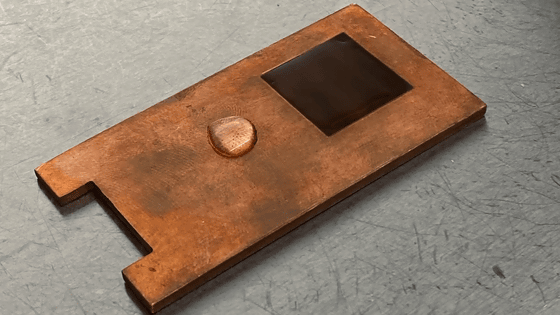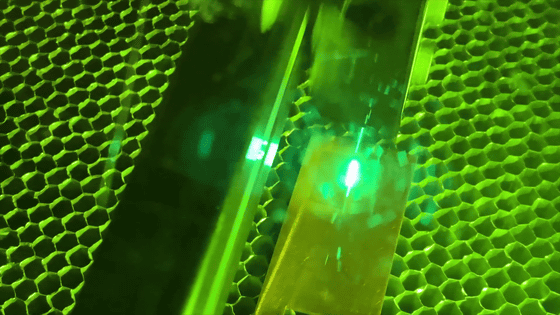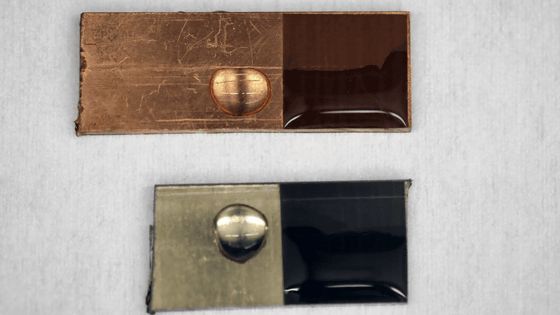Surface processing technology that dramatically improves the sterilization effect of metals is developed

A research team at Purdue University in the United States succeeded in processing the surface of copper, which has been known to have a bactericidal effect since ancient times, to dramatically increase the bactericidal effect.
Hierarchical Micro / Mesoporous Copper Structure with Enhanced Antimicrobial Property via Laser Surface Texturing-Selvamani-2020-Advanced Materials Interfaces-Wiley Online Library
Now metal surfaces can be instant bacteria killers, thanks to new laser treatment technique-Purdue University News
https://www.purdue.edu/newsroom/releases/2020/Q2/now-metal-surfaces-can-be-instant-bacteria-killers,-thanks-to-new-laser-treatment-technique.html
Humans have developed antibiotics to remove harmful bacteria such as pathogenic E. coli from the body. Antibiotics are said to be one of the greatest discoveries of the 20th century and are called 'miracle drugs', but in recent years, bacteria that have evolved into ' super bugs ' where antibiotics do not work have also appeared. The battle for the survival of humans and bacteria continues.
For these reasons, sterilization methods other than drugs such as antibiotics have recently attracted attention. The research presented by the research team at Purdue University is a technology for surface treatment that can enhance the bactericidal effect of copper. The research team has released a movie explaining the developed processing technology.
Treating Metal Surfaces to Kill Bacteria-YouTube
Traditionally, copper has been known to have a bactericidal effect, but it takes several hours for ordinary copper to completely kill bacteria.

A research team at Purdue University has developed a technology that enhances the germicidal effect of copper by irradiating the surface with a laser. The following is how the laser is actually irradiated on the copper surface.

Below is a comparative image of the unprocessed copper surface (left side) with a

The research team also confirmed that this surface treatment actually enhances the bactericidal effect of copper and copper alloys. The copper surface-treated with this technology has significantly reduced the time required to completely kill not only Pseudomonas aeruginosa and E. coli but also

In addition, it seems that the metal surface processed by this technology also has the property of ' superhydrophilicity ' to adsorb water. The more hydrophilic the surface of implants used in orthopedic surgery, the stronger the adhesion of bone cells and the greater the degree of adhesion to bone. Therefore, this technique also holds promise for surface treatment of implants.
In addition, the research team claims that the technology also has the advantage of being 'green.' There is already a technology to improve antibacterial properties by coating a metal surface, but it has been pointed out that this coating peels off and leach out, which is harmful to the environment. There is no such concern because the new technology this time is only to change the shape of the surface.
Copper is effective against the new coronavirus, but the virus is much smaller than bacteria, so it seems that processing the surface with this technology will not affect it.
Related Posts:







